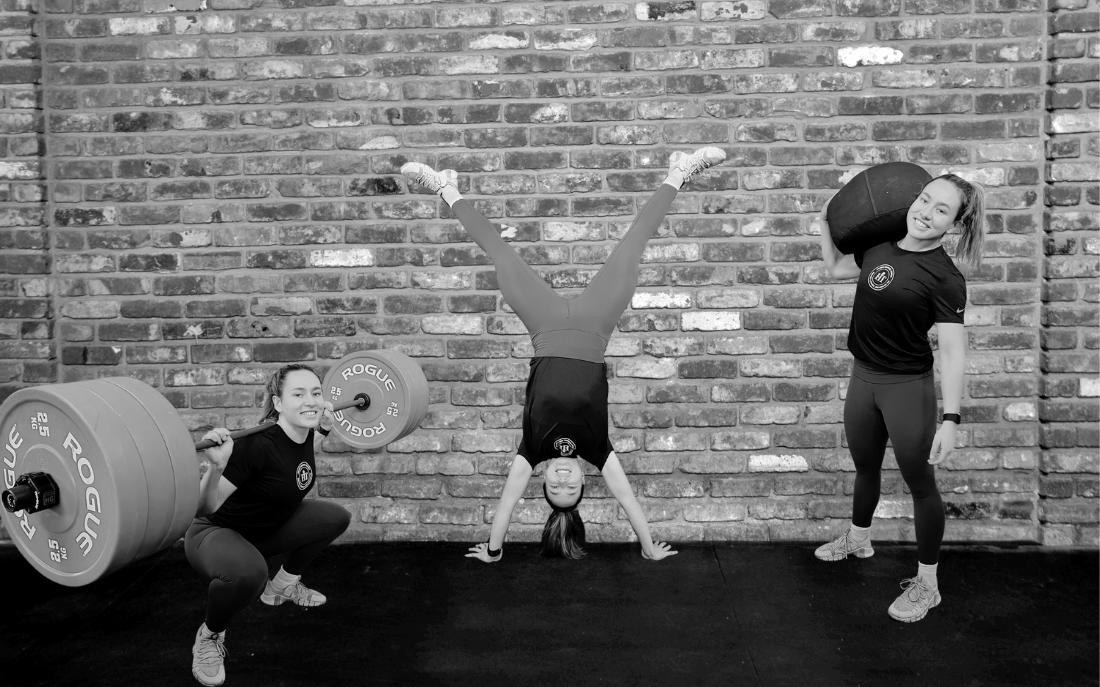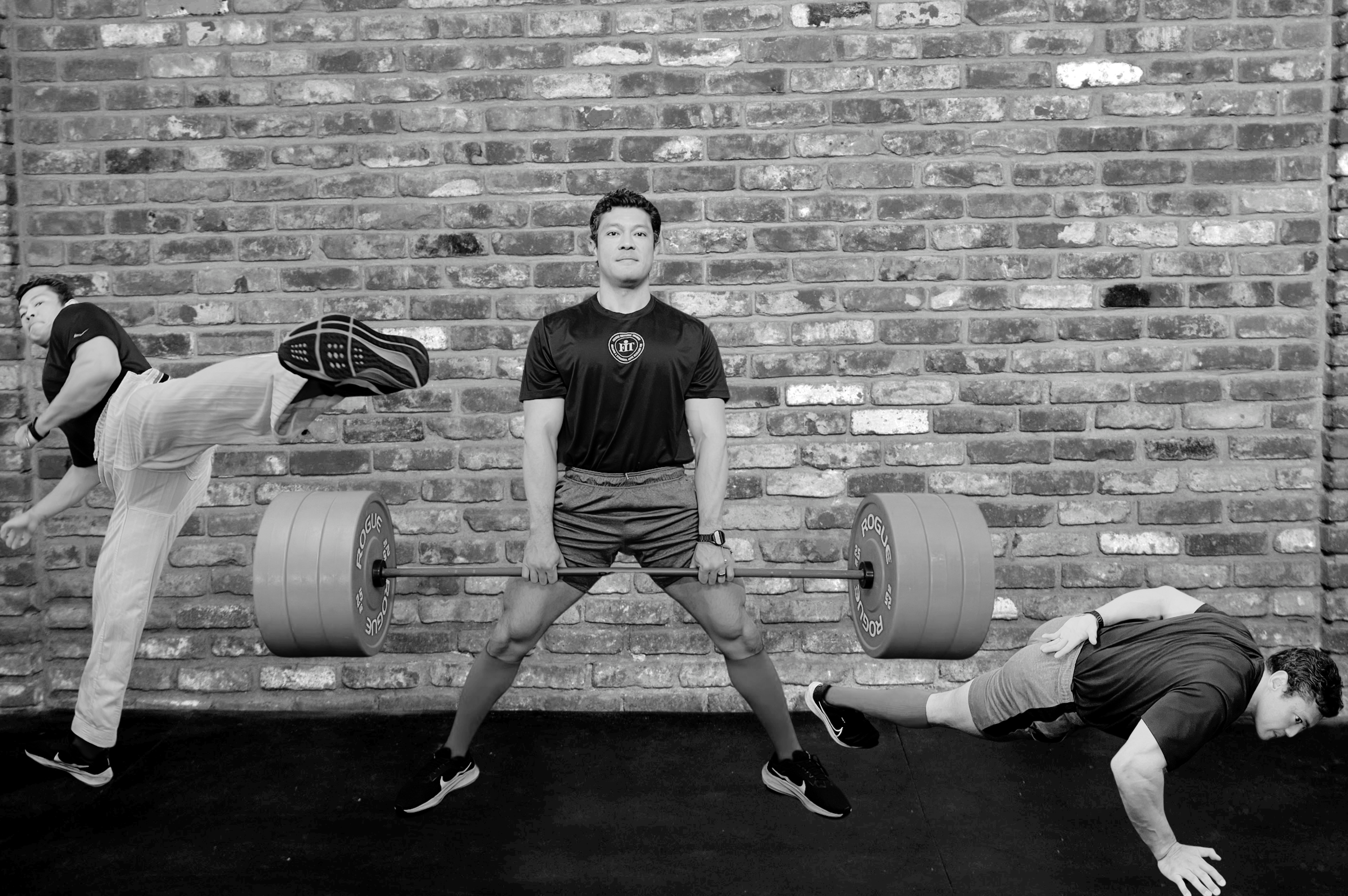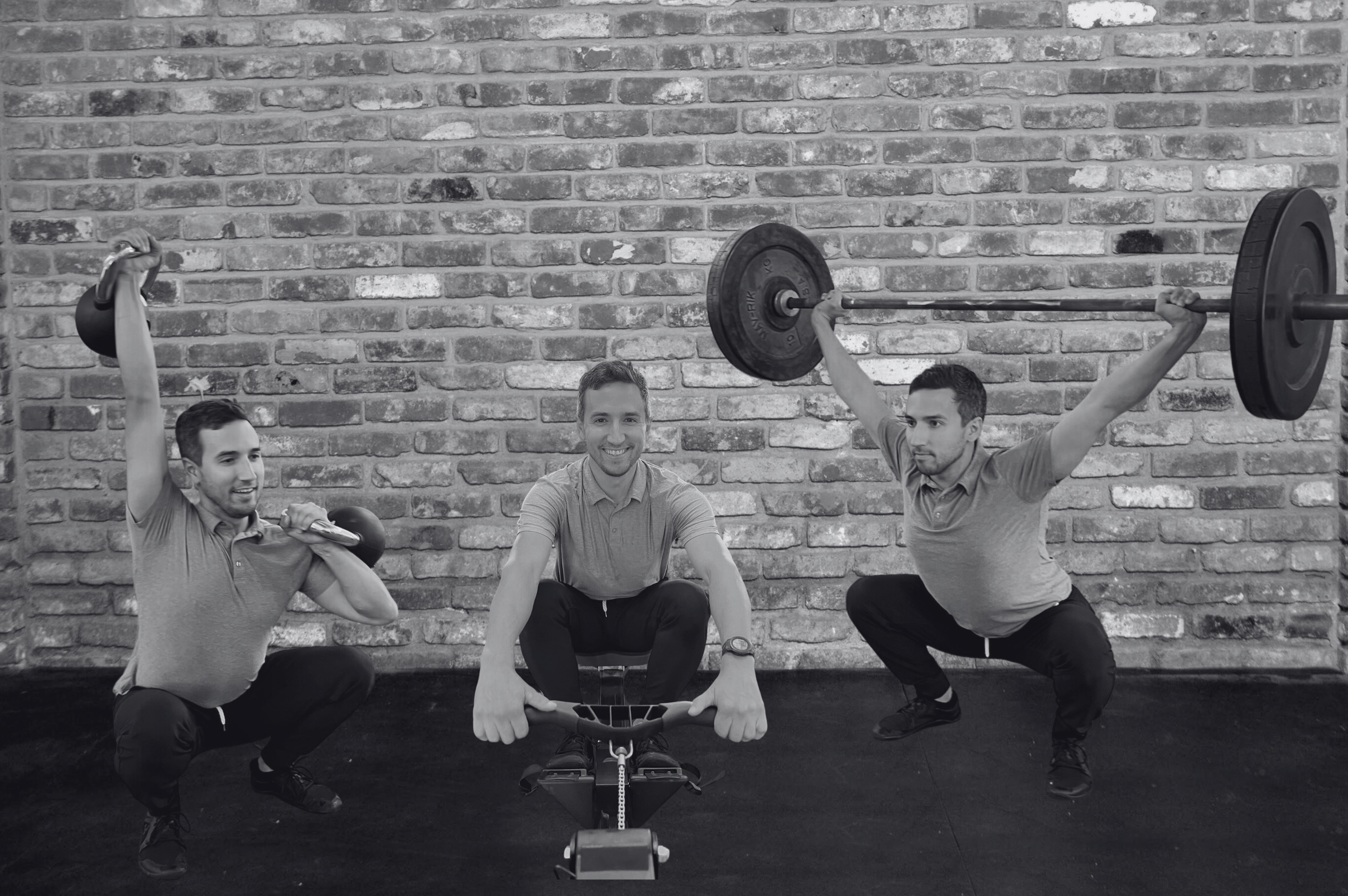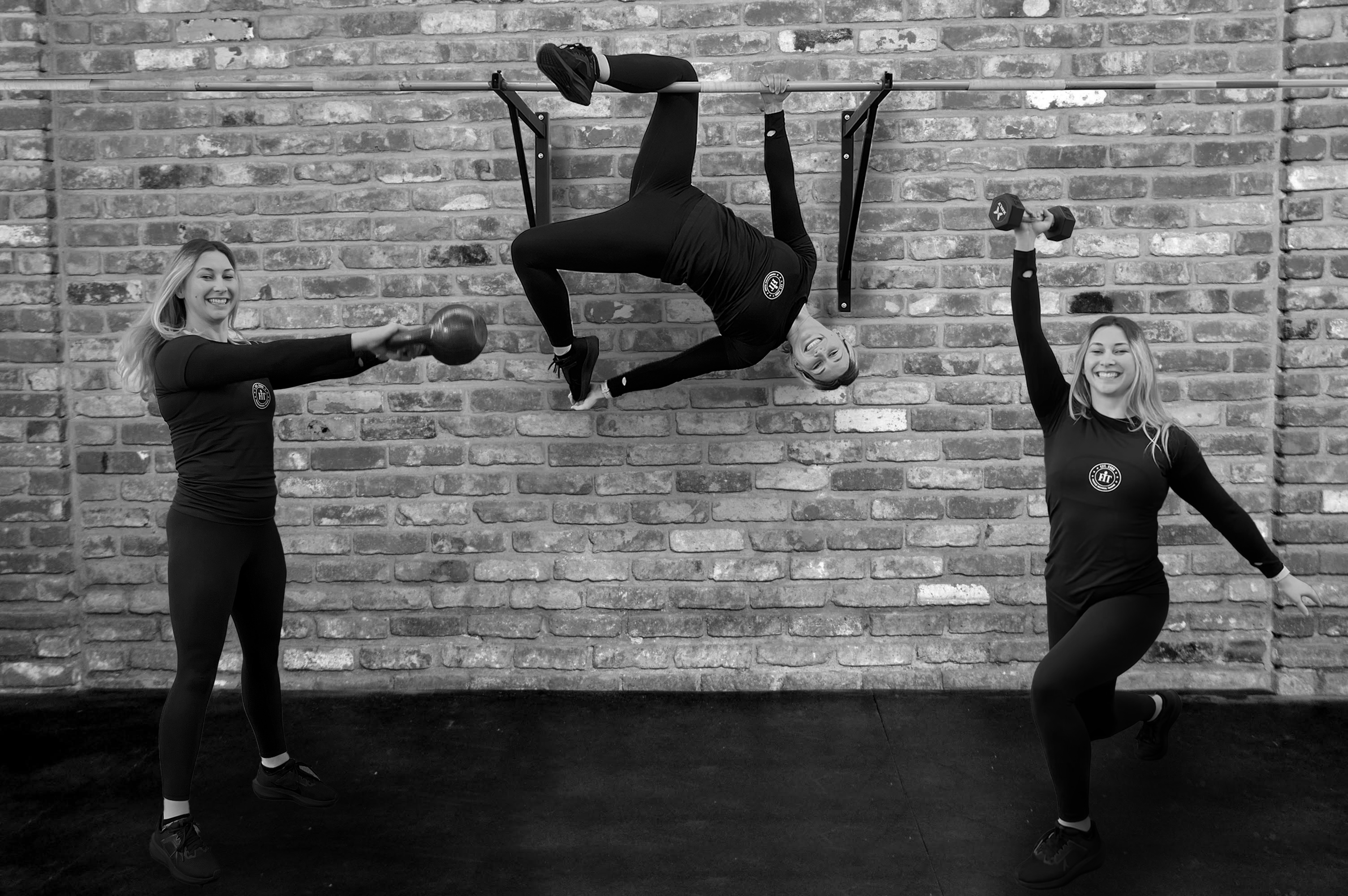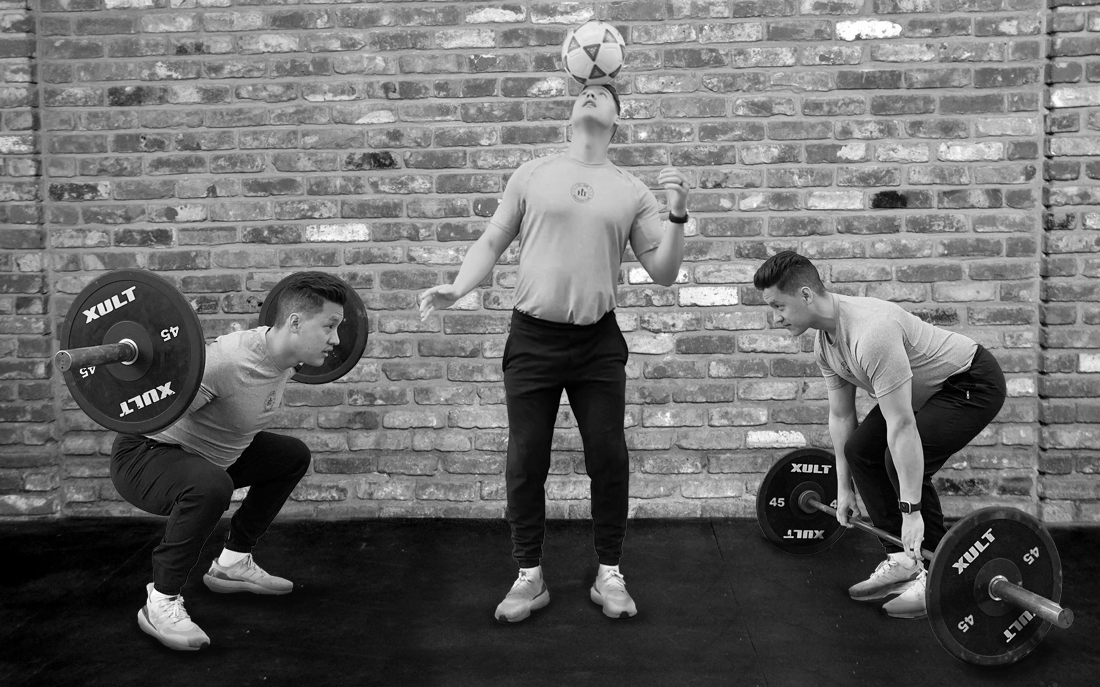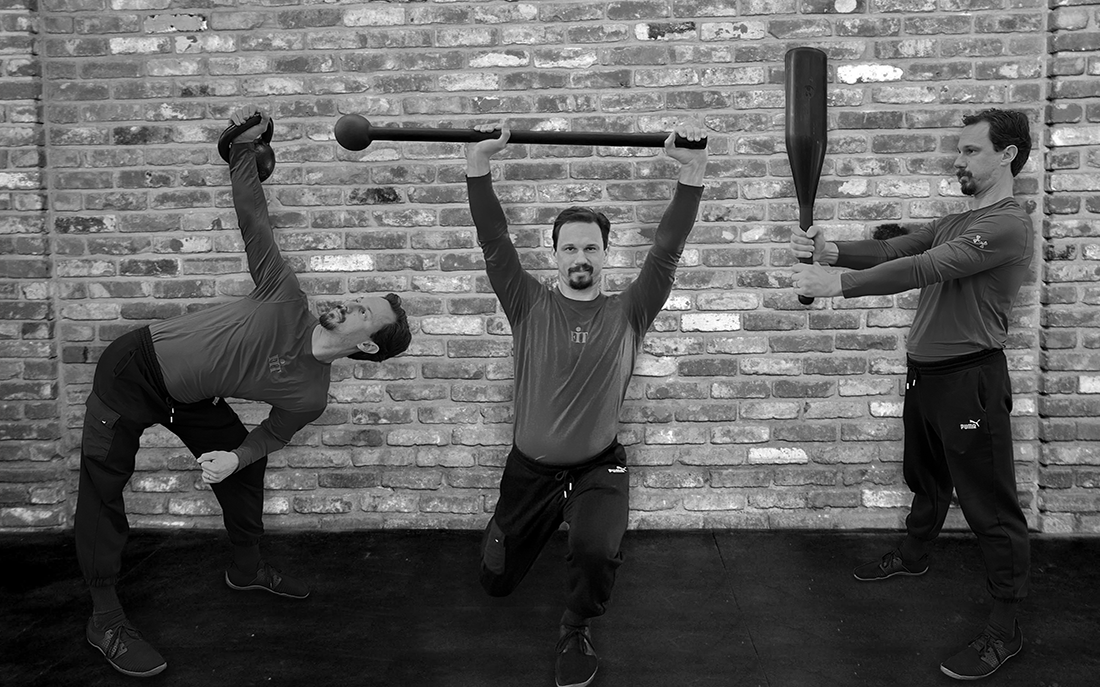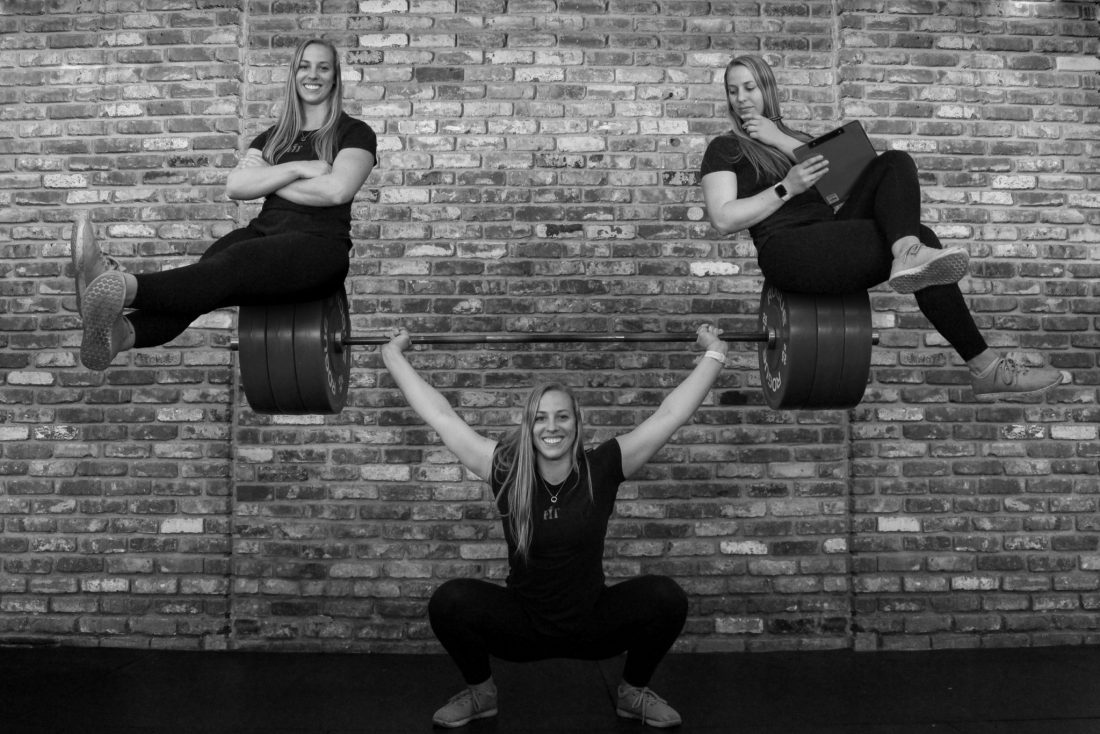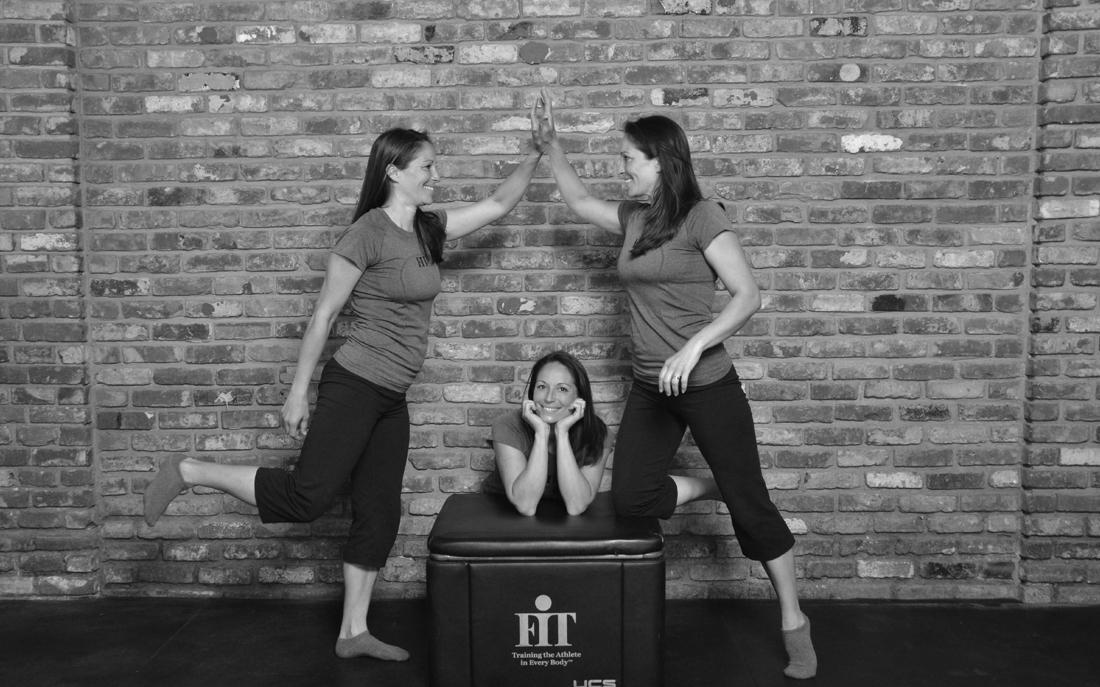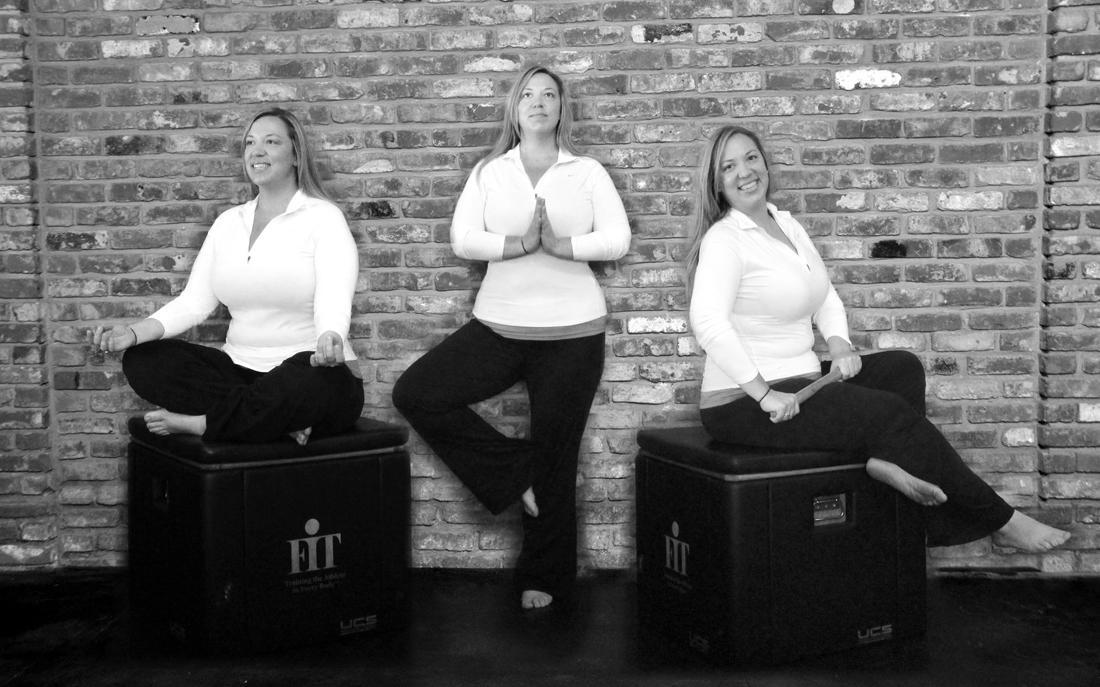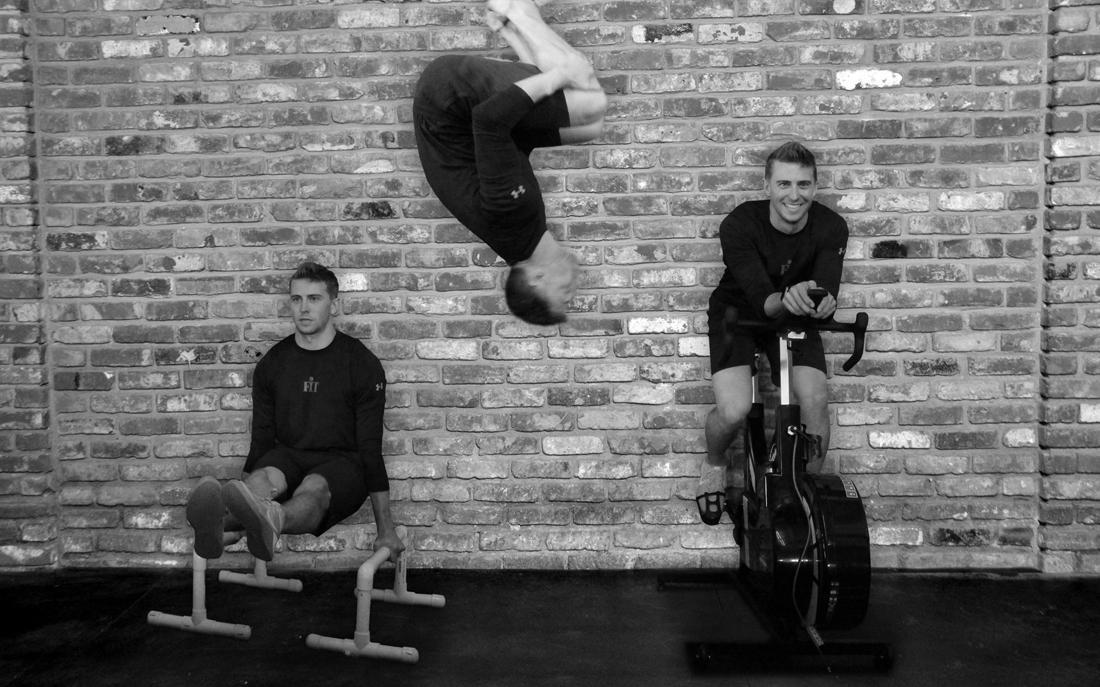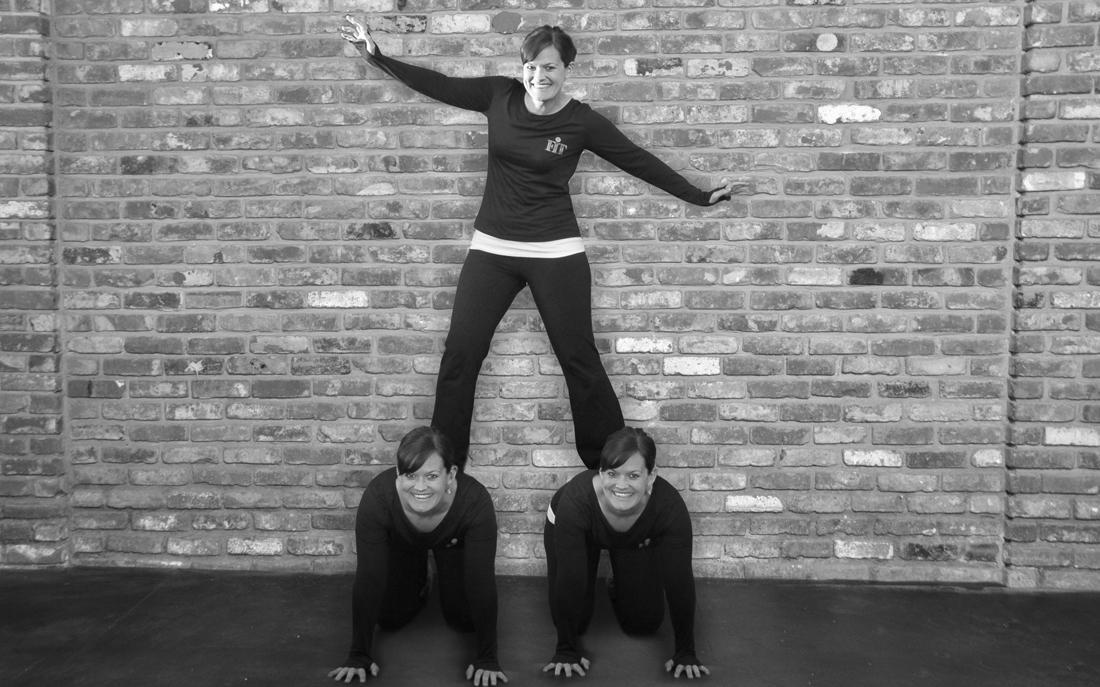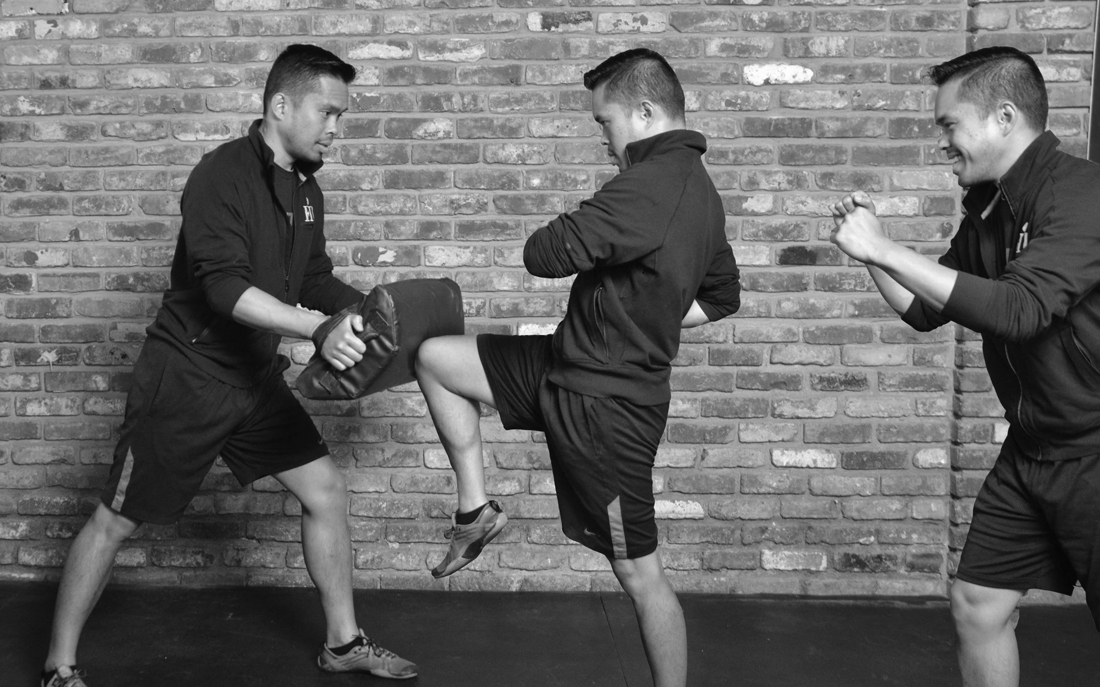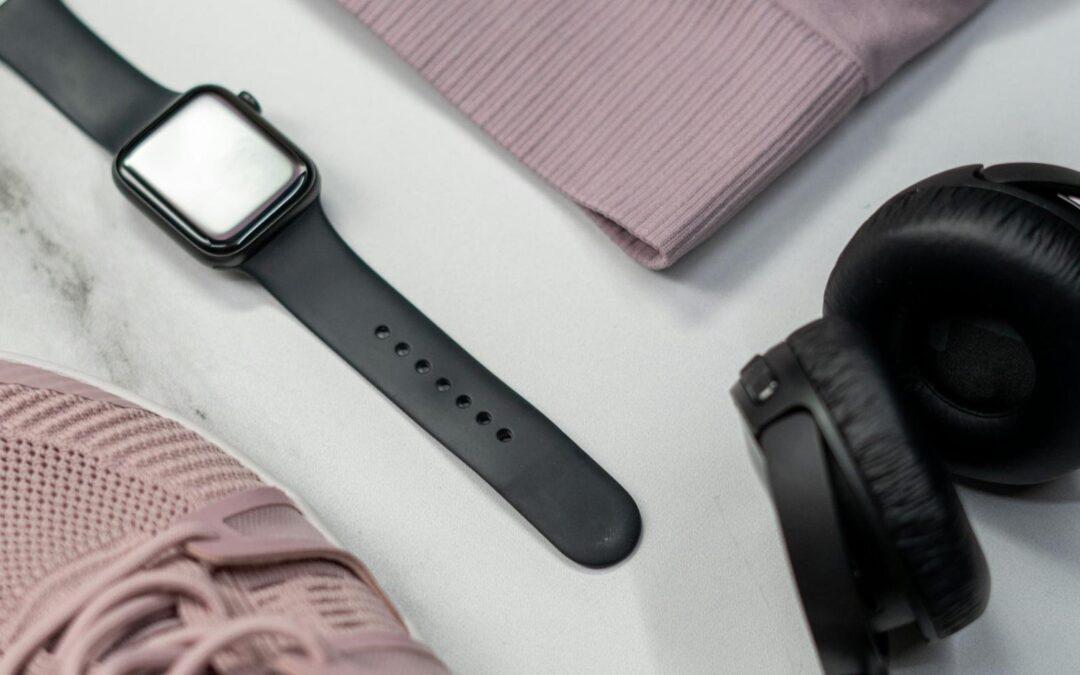Fitness trackers have become extremely popular among the general population. With a market size valued at USD 62.03 billion in 2024 and projected growth of 21.3% to 290.85 billion in 2032, the industry shows no signs of slowing down.
Since the first wearable device, a mechanical pedometer made in 1965 by Dr. Yoshiro Hatano, fitness tracker technology has developed at a rapid pace. The umbrella term of ‘Wearables’ has grown to include smartwatches (Apple Watch, Garmin, Fitbit), sleep and recovery trackers (Oura, Whoop), to VR headsets (Oculus, Apple Vision pro) and more.
With so many options to choose from, selecting the right product for your individual fitness goals can be overwhelming and challenging. However, with an understanding of the different devices and features these devices offer, you can make informed decisions about the right product for you.
Above all, setting realistic goals while using the data collected by these devices to take action will be critical to improving your health and fitness.
Understanding Your Fitness Goals
Wearables can have a profound effect on daily habits which, in turn, move health and fitness in a positive direction. However, simply purchasing and wearing the device does not affect this change. Like most other data, the information wearables provide requires interpretation and action. When it comes to choosing wearable technology, setting realistic health fitness goals is the first step to choosing the right product. Paying attention to the information it provides and reflecting is a great next step- does the data align with how you feel (strain, recovery, etc)? What other factors affect your data (stress, alcohol, sleep, etc) that you can control . . experiment, analyze, adjust!
Apps and trackers can help users avoid the pitfalls of failing to meet their goal by asking them to select a more realistic goal after observing their holistic behavior and motivations early on (Gordon et al.).
The right wearable for the job
Different wearables will cater to specific goals and metrics. Whether you are an avid cyclist, runner, or just someone looking to get more steps in, there is a wearable device that will suit you.
The Garmin and Coros line of watches are very popular with fitness enthusiasts and especially runners. Runners typically track pace, speed, distance, elevation, heart rate and power output (among others). While higher end models may include a virtual coach complete with training programs and recovery metrics that change based on your unique metrics.
At the lower end are more basic wearables that simply track steps, calories, workouts and heart rate.
Many devices now track sleep which can be a wonderful tool to help someone understand and bring more consistency to their sleep hygiene. Sleep trackers like the Oura ring continuously track over twenty biometrics that directly impact your wellbeing. Each morning you are given a readiness score which tells you whether to get after it or get back in bed. The Whoop strap has similar metrics, but is more geared towards tracking recovery and training strain as well as sleep.
Take your time researching wearables that have the right features for you. Reading reviews and understanding the small details can save you significant frustration and money down the road.
Key metrics
Nowadays, most wearable devices will track steps, heart rate, calories burned, and estimated VO2 max. However, instead of going over an exhaustive list, it may be better to consider “what metrics are actually worth tracking?” This is highly individual of course, but according to Martin MacInnis, a kinesiology professor at the University of Calgary who heads a research group that studies the body’s response to exercise, weighed in on the most useful metrics to track (Khaja and Macinnis).
Heart rate
Knowing your heart rate while exercising helps to quantify intensity, while providing key health metrics. Particularly resting heart rate and heart rate recovery – a measure of the decrease in heart rate 1 minute post exercise, are associated with decreased risk of cardiovascular disease and all-cause mortality. Not all heart rate monitors are created equal though, as optical sensors (wrist and arm bands) are typically less accurate and lower resolution than electrical sensors such as a chest strap.
Steps
It takes far less than 10k steps per day to have a profound impact on your health. A study in the European Journal of Preventive Cardiology found that just under 4k steps a day was enough to show a reduced risk of all cause mortality (Banach et al.). Tracking steps should be a priority for those who have no idea how many steps they walk per day or are inconsistent with the amount that they walk. Aim for 8-10 thousand steps per day for improved health.
Sleep
As the world wakes up to how crucial adequate quality sleep is, not just for health but performance, it’s great to see that many fitness wearables now include sleep tracking data. This data can be helpful for troubleshooting sleep problems and gaining insights about sleep patterns and habits. Many apps will now give a reminder to hit the sack according to a sleep schedule. .
VO2 Max
Also called maximal oxygen consumption, this is the maximum volume of oxygen your body can process, measured in milliliters of oxygen consumed in a minute per kilogram of body weight (mL/kg/min). Since an accurate VO2 max measurement requires lab equipment, is expensive and also very challenging physically, it can be very helpful to have an estimate from a fitness wearable.
Calories
Of all the variables quantified by wearables, caloric expenditure tends to be the least accurate with as much as 20%-100% error. However, with options for goal setting, reminders to move and social support, coaches and clinicians may find wearables useful to help people monitor calories consumed with physical activity to determine appropriate behavioral changes.
Common types of wearable devices
Smartwatches
Smartwatches are suitable for general activity and daily wellness monitoring, while often providing integration with your cellular phone. Notifications, reminders, messages and most features of your smartphone can be pushed to your smartwatch making sure you never miss a thing. Smartwatches can provide additional features like GPS, workout modes and are ideal for tracking workouts, setting goals and receiving notifications.
Heart rate monitors
Heart rate monitors are commonly used in fitness to develop the cardiovascular system by training at specific intensity zones. For instance, training at a lower heart rate will provide different adaptations and benefits than training at a higher heart rate.
Heart rate monitors are also useful for measuring heart rate variability (HRV), or the slight variation in the time between heart beats. This phenomenon is controlled by the autonomic nervous system, which balances between sympathetic “fight or flight” or parasympathetic “rest and digest”. They can also detect abnormalities such as arrhythmias and potentially save someone’s life.
Wearable fitness apps
Most wearables come with an app pre-installed that provides an interface for the device hardware. Some users may desire to get a little bit more out of their wearables and this is where third party apps come in. There are a wide range of apps and features available, from enhanced performance metrics to social media features that provide a sense of community and help motivate people to push themselves and stay consistent.
An often overlooked aspect of training, tracking progress, can be tedious and difficult. But tracking sets, reps, and weights is an essential part of staying consistent and motivated. Tracking progress keeps you accountable and progressing. Without objective data it’s very easy to lift the same weights and bike the same number of miles week after week, stalling your progress.
Practical considerations for your device
Determining the best wearable fitness tracker for your goals involves consideration of many factors. You want to get one that best suits your needs, so you should also consider which features are most important to you.
If you exercise regularly and will use your watch or wearable to track something like steps, then battery life will be very important. Unfortunately, high powered displays and additional sensors will consume battery power very quickly. There are always tradeoffs between features, so ask yourself which are most important to you. These factors may include but are not limited to.
-
- Price
- Features and functions
- Accuracy
- Compatibility with other devices
- Water resistance
- Style
- Battery life
- Display size
Before making a purchase make sure you read reviews from reputable and unbiased sources to get an idea of the pros and cons. Also Look into pricing and features of any subscriptions that may be offered with the device. Utilizing the features on your fitness tracker to their fullest potential could help you make better informed decisions about your health and exercise routine.
Utilizing collected data effectively – Setting realistic goals
One of the best ways to utilize data collected from your wearable effectively is to set S.M.A.R.T goals. S.M.A.R.T goals are Specific, Measurable, Achievable, Relevant, and Time-bound. They can help you achieve success by providing clarity, focus and direction.
Even if you don’t have a wearable device, your goals should be SMART. Simply having data to analyze makes the Specific, Measurable and Time-bound parts easier, but It’s up to you to make your goals achievable and relevant.
Using data from wearables to track progress towards your SMART goals can help you avoid wasting time on irrelevant work and prepare you for what lies ahead. For example, if you are training for a marathon, you will need to increase how many miles you run each week and then taper down towards the last few weeks leading up to the race. Using a smartwatch that tracks your miles as you run makes this process practically effortless.
Analyzing performance metrics
Interpretation of key metrics like heart rate, heart rate variability, sleep quality and workout intensity requires some education on the user end. Fortunately, many wearable companies provide support and education through their app or website. You don’t need to know what everything means, just what is important to you. How do you know what is important to you? Focus on metrics that are actionable and tell you whether you’re improving or not. Some metrics, such as resting heart rate and HRV, can take months to years to see significant changes.
Adjusting your workouts and lifestyle based on data insights takes practice, patience, and interpretation. The human body is an extremely complex biological organism, and we should take care to consider how one system may affect another. For instance, physical and emotional stress can increase heart rate, blood pressure and release stress hormones. A solid foundation of healthy lifestyle habits can reduce confounding variables, making interpreting data less confusing for the user.
Integrating nutrition and lifestyle data
Lifestyle data such as nutrition, hydration and stress are becoming more fully integrated into wearables. Fitbit, a popular fitness tracker, has a function for nutrition that tracks meals, snacks and water. Apple Watch, one of the most popular smartwatches, can integrate with MyFitnessPal and Lifesum, both which track food intake. We expect to see more and more integration in the future as companies understand the needs of its users.
Another exciting trend is the growing popularity of wearable devices for medical use such as continuous glucose monitoring (CGM). One of the leading companies in this area, Levels Levels gives you objective information about how factors like food choice and sleep quality affect your body, guiding you toward decisions that help you achieve your health goals.
At the end of the day, real change requires a holistic approach to health by combining fitness data with healthy lifestyle habits.
Objective Measures vs. Subjective Feedback
With so much data available, keep your own subjective feedback in mind when making decisions about your health. Always consider how you feel during and after workouts, how you sleep and how long it takes you to recover. Many apps will have a section for notes to keep track of this information, or even integrate it into the app itself with a device like Morpheus, which makes recovery and improving your cardio easier by combining daily HRV measurements with subjective feedback.
Staying Motivated with Wearables
Gamification and challenges
Perhaps the most popular features with wearables, especially workout apps, are the gamification and community features. Many apps reward workouts and milestones with badges for staying consistent and hitting personal bests. The ability to post in a community forum can help with accountability and support from others who may be more experienced.
Personalized insights and recommendations
Wearables also provide insights and trends that are personalized based on collected data. Utilize these recommendations to optimize your training and wellness routines by noting which areas you would like to improve, then devise a plan of action to work on those goals.
Remember the bigger picture
Setting and subsequently achieving goals is the cornerstone of wearable technology, but the purpose of an activity tracking app or wearable is to help users understand, observe and improve their behavior. With this in mind it’s important to take your time when selecting a wearable. Choose one that is best suited for your goals and will make the most of the collected data for long term health and fitness. Most of all, see it as a fun process of finding what works best for you while experimenting, analyzing and adjusting along the way.
Sign up for FiT’s Health Optimization and Wellness Blog
![]() 600 Rancho Shopping Center, Los Altos CA 94024. | 650-947-9831
600 Rancho Shopping Center, Los Altos CA 94024. | 650-947-9831
Get Directions | Email Us | Jobs | Follow us:
